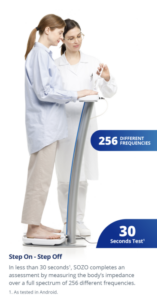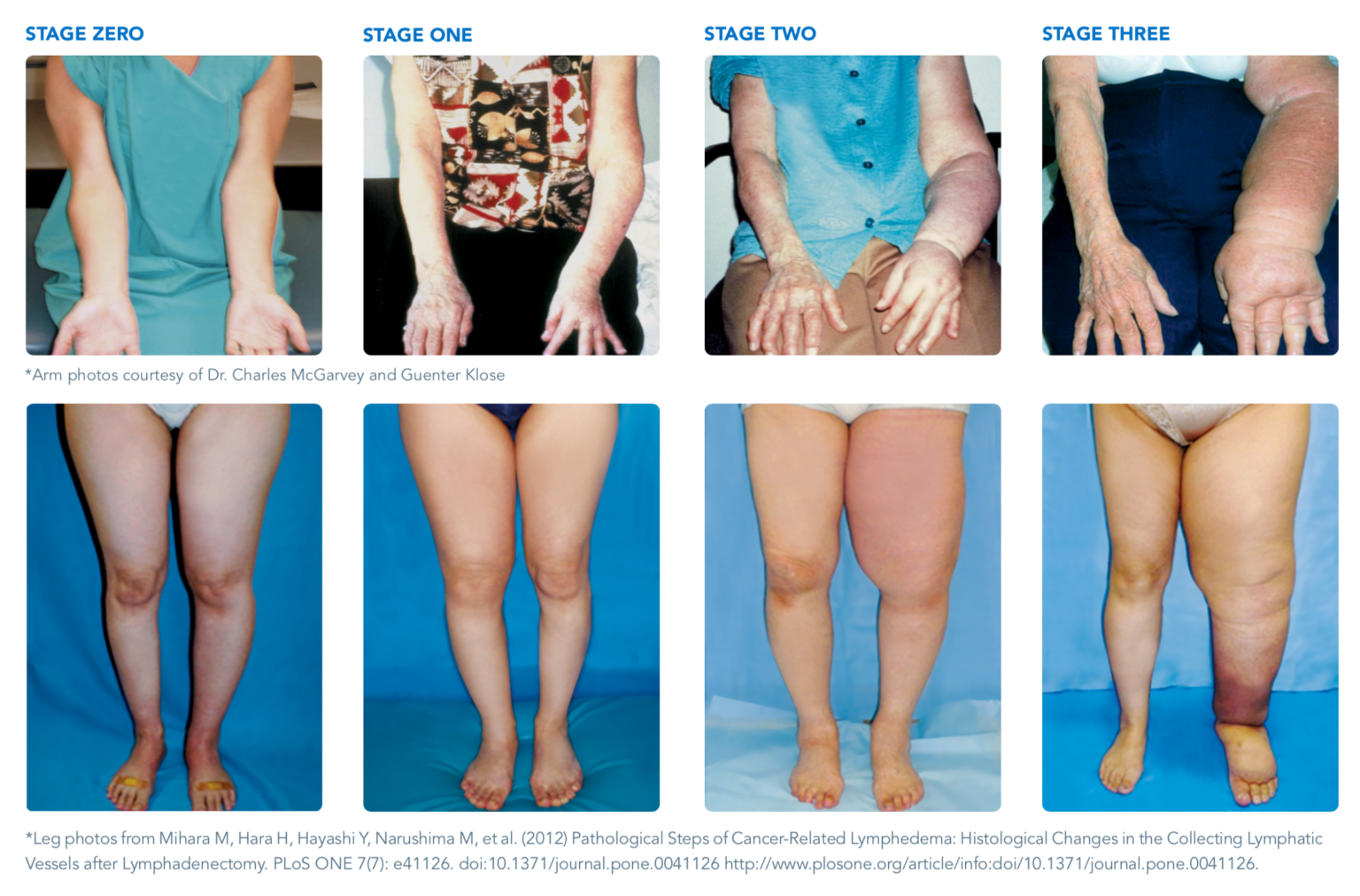Lymphedema Prevention
Cancer-related lymphedema is a condition that can result from surgical, radiation and chemotherapy treatments for some cancers, including breast cancer, melanoma and pelvic area cancers.
If developed, lymphedema can lead to abnormal swelling, discomfort and infections in one of the arms or legs, and sometimes both arms or both legs.
Though there is no cure for chronic lymphedema, Cheyenne Regional Medical Center (CRMC) can help you develop an ongoing lymphedema treatment plan focused on five main areas:
- Compression
- Manual lymphatic massage
- Skin care
- Self-management
- Exercise
Treatment is performed at CRMC Outpatient Rehabilitation Services, located in the Medical Office Building (the building attached to CRMC), Suite 501.
For more information about any of our lymphedema prevention or treatment options, please call CRMC Outpatient Rehabilitation Services at (307) 633-6175.
Preventing cancer-related lymphedema
At Cheyenne Regional Medical Center, we take a preventative approach to cancer-related lymphedema with help from the SOZO® Digital Health Platform, which provides an L-DEX® score to help detect lymphedema before you feel noticeable swelling.
This early alert allows us to work with you and take steps to stop lymphedema from getting worse, or to avoid getting it at all.
You can learn more about the SOZO® Digital Health Platform and how it provides the L-DEX® score in the video below:
What is an L-DEX® score?
 The L-DEX® score helps us assess whether you are developing lymphedema before you feel noticeable swelling.
The L-DEX® score helps us assess whether you are developing lymphedema before you feel noticeable swelling.
For best results, patients receive a baseline measurement before cancer treatment begins and are then tested regularly after treatment.
If your L-DEX® score increases above normal levels, we will evaluate you for early signs of lymphedema.
If you don’t get a pre-treatment baseline score, we can still use the L-DEX® test to help detect lymphedema early.
Lymphedema stage progression
Cancer-related lymphedema of the arms and legs develops in stages, as shown below. 
When caught early, lymphedema can be treated and stopped before it gets worse and becomes a lifelong condition.
How to reduce your risk of lymphedema during cancer treatment
If you are receiving cancer treatment at the Cheyenne Regional Cancer Center, your provider may recommend you attend an educational lymphedema therapy during your treatment course.
To further minimize your risk of developing lymphedema during your cancer treatment, we recommend discussing the tips below with your Cheyenne Regional provider or physical therapist:
Activity/weight
- Gradually build up the duration and intensity of any activity or exercise
- Maintain an optimal weight
- Higher BMI (body mass index) has been shown to increase risk
Compression garments (if recommended)
- Should be worn for strenuous, out-of-your-normal activity (e.g., prolonged standing, exercise)
- Should be considered for air travel
Limb protection
- If possible, avoid having blood pressure or blood draws taken on your at-risk arm
- Wear looser clothing and jewelry on your at-risk side
- Avoid carrying a heavy shoulder bag on your at-risk side
Skin care
- Follow proper hygiene and use unscented lotion
- Use sunscreen and insect repellent
- Avoid injury to the skin
- If you develop a rash along with pain, fever or flu-like symptoms, contact your physician immediately